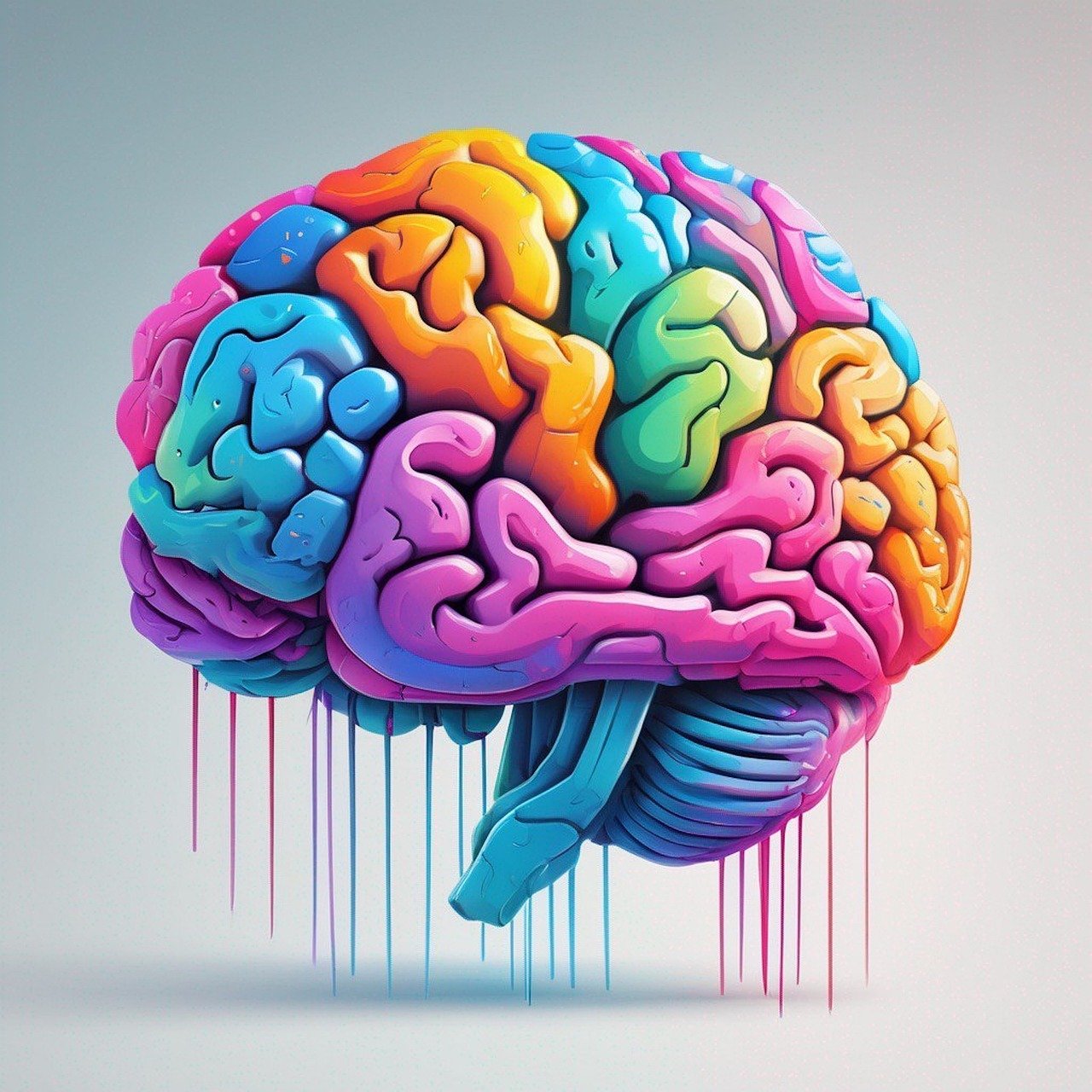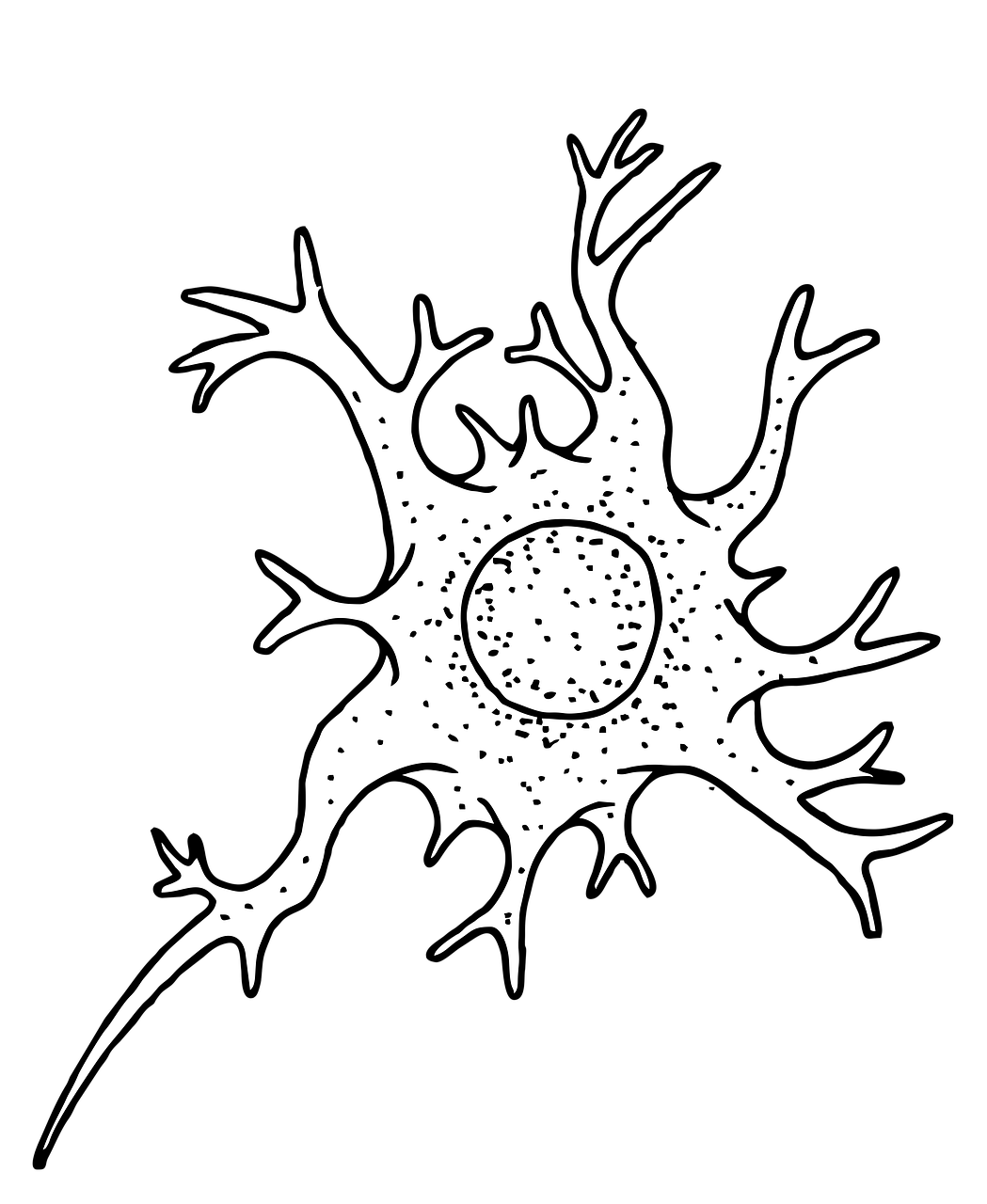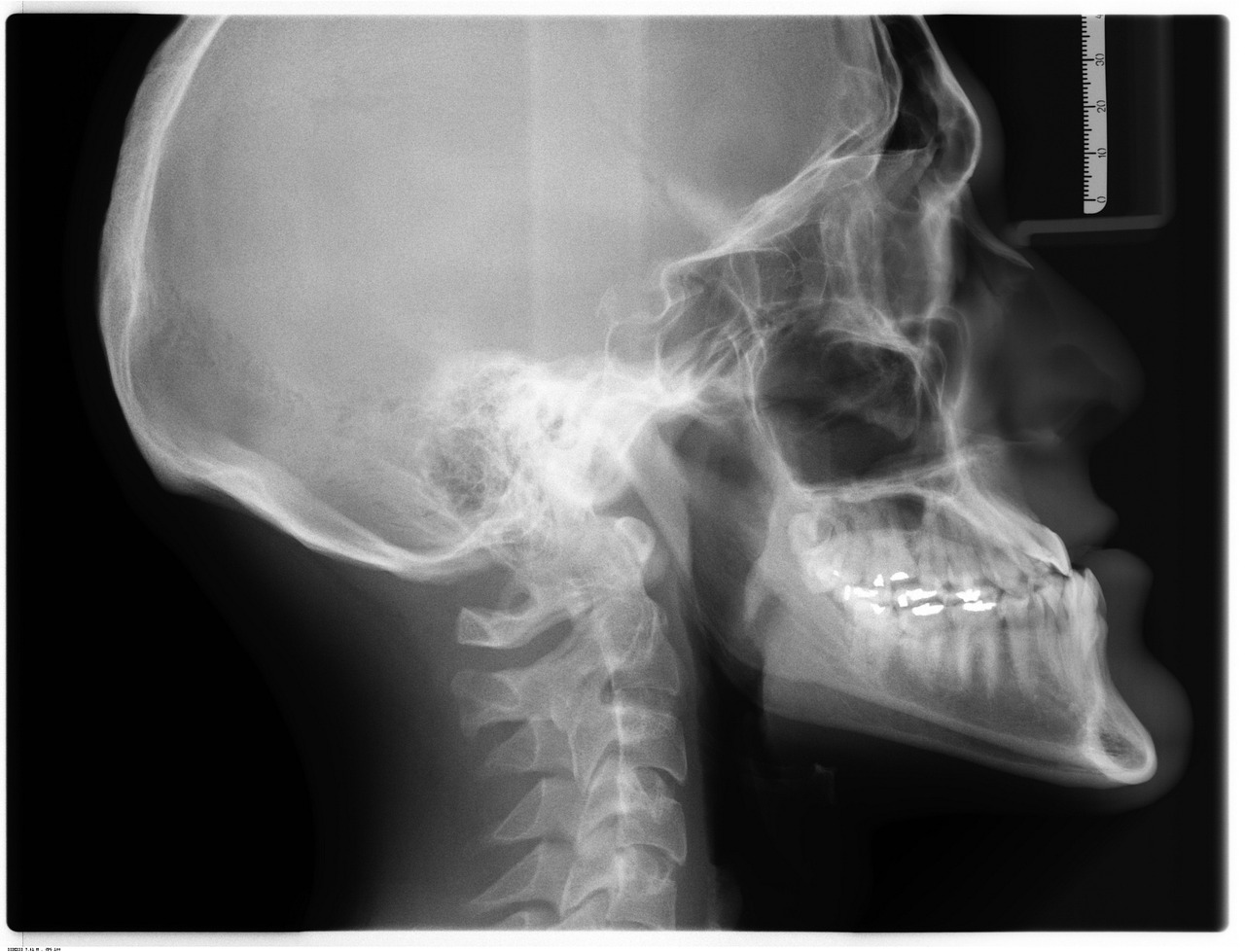What is Cerebral Astrocytoma and How Does It Affect the Brain

Cerebral astrocytoma is a type of brain tumor that develops in astrocytes, which are star-shaped cells in your brain. These cells play a key role in supporting and protecting neurons. When this tumor grows, it can disrupt normal brain activity. It may increase pressure on surrounding tissues, leading to headaches, seizures, or other neurological problems. You might notice changes in how you think, move, or feel. The effects depend on the tumor’s size and location, but early detection can help manage its impact.
Key Takeaways
Cerebral astrocytoma is a brain tumor that starts in astrocytes. It can harm the brain and cause headaches or seizures.
Finding cerebral astrocytoma early is very important. Early detection gives more treatment choices and better chances of recovery.
Knowing the tumor's grade helps decide treatment. Low-grade tumors grow slowly. High-grade tumors grow fast and need quick care.
Genetics and things like radiation exposure can raise the risk of getting cerebral astrocytoma.
Using surgery, radiation, and chemotherapy together often works best. Support care helps improve life during treatment.
Understanding Cerebral Astrocytoma

What is Cerebral Astrocytoma?
Cerebral astrocytoma is a type of brain tumor that starts in astrocytes, which are specialized cells in your brain. These cells help maintain the health of neurons by providing nutrients and removing waste. When astrocytes grow abnormally, they form a tumor. This tumor can vary in size and behavior. Some grow slowly and remain localized, while others spread quickly and invade nearby tissues.
Doctors classify cerebral astrocytomas based on their grade, which reflects how aggressive the tumor is. Low-grade astrocytomas grow more slowly and may cause fewer symptoms. High-grade astrocytomas, on the other hand, grow rapidly and often require urgent treatment. Understanding the type and grade of the tumor helps guide treatment decisions.
How Does Cerebral Astrocytoma Affect the Brain?
Cerebral astrocytoma disrupts normal brain function in several ways. As the tumor grows, it takes up space inside your skull, which increases pressure on surrounding brain tissues. This pressure can lead to headaches, nausea, and vomiting. You might also experience seizures, which occur when the tumor interferes with electrical signals in your brain.
The location of the tumor plays a key role in determining its effects. For example, a tumor in the frontal lobe may affect your ability to plan or concentrate. A tumor in the motor cortex could impact your movement or coordination. Over time, cerebral astrocytoma may also cause changes in your mood, memory, or behavior. Recognizing these symptoms early can help you seek medical attention and improve your outcomes.
Causes of Cerebral Astrocytoma
Genetic and Hereditary Factors
Your genetic makeup plays a significant role in the development of cerebral astrocytoma. Certain gene mutations are closely linked to this condition. For example:
IDH1 mutations, such as R132C and R132H, are common in low-grade astrocytomas. These mutations disrupt normal cell behavior by causing the buildup of a harmful compound called 2-HG.
TP53 mutations, often seen in Li-Fraumeni syndrome, increase the risk of multiple cancers, including astrocytomas.
NF1 mutations, associated with neurofibromatosis type 1, can lead to early-onset astrocytomas.
TSC1 and TSC2 mutations, linked to tuberous sclerosis, may result in subependymal giant cell astrocytomas.
If you have a hereditary syndrome like Li-Fraumeni, your risk of developing astrocytomas is significantly higher. This syndrome stems from mutations in the tumor suppressor gene p53, which leads to the early onset of various tumors.
Environmental and Lifestyle Influences
Environmental factors also contribute to cerebral astrocytoma. Exposure to ionizing radiation is a well-documented risk. For instance:
Evidence Type | Description |
|---|---|
Radiation Exposure | Increases the risk of developing astrocytomas. |
Prophylactic Radiation | Children treated with radiation for leukemia face a 22 times higher risk of CNS tumors. |
Lifestyle habits may also play a role. A healthy diet, such as the DASH diet, could lower your risk due to its high antioxidant content. Physical activity shows a weak protective effect, while maintaining a low BMI might reduce inflammation-related risks.
Lifestyle Factor | Association with Glioma Risk |
|---|---|
Healthy Diet | May reduce risk due to high antioxidant content. |
Physical Activity | Weak protective association. |
BMI | Low BMI may influence risk through inflammatory pathways. |
Risk Factors for Cerebral Astrocytoma
Several factors increase your likelihood of developing cerebral astrocytoma:
Radiation exposure, especially during childhood.
Genetic mutations, such as those in the IDH1 gene, which are common in low-grade astrocytomas.
Hereditary syndromes, including Li-Fraumeni, neurofibromatosis type 1, and tuberous sclerosis.
Environmental factors, like ionizing radiation.
Understanding these causes can help you identify potential risks and seek early medical advice if needed.
Symptoms of Cerebral Astrocytoma
Common Physical Symptoms
Cerebral astrocytoma often causes noticeable physical symptoms that can disrupt your daily life. These symptoms typically result from the tumor's growth and the pressure it places on surrounding brain tissues. You might experience:
Persistent headaches that worsen over time or wake you up at night.
Nausea and vomiting, often linked to increased pressure inside the skull.
Seizures, even if you've never had them before.
Blurred vision or other visual disturbances.
Weakness or numbness in your arms or legs.
Fatigue that doesn’t improve with rest.
Problems with balance and coordination, making it harder to walk or perform tasks.
These symptoms can vary depending on the tumor's size and location. If you notice any of these changes, seeking medical attention promptly is essential.
Neurological and Cognitive Symptoms
Cerebral astrocytoma can also affect how you think and process information. Cognitive functions like memory, reasoning, and problem-solving may decline. You might find it harder to concentrate or make decisions. Memory lapses, confusion, and difficulty organizing your thoughts are common.
Caregivers often report that cognitive impairments are more noticeable than physical symptoms. For example, you might struggle to recall recent events or solve problems that were once easy for you. These changes can significantly impact your daily activities and quality of life. Recognizing these signs early can help you access treatments that may slow cognitive decline.
Behavioral and Emotional Changes
This condition doesn’t just affect your body and mind—it can also influence your emotions and behavior. You might notice mood swings or feel unusually irritable. Depression and anxiety are common, as the tumor and its treatment can create emotional stress.
Changes in personality may also occur. For instance, you might become more withdrawn or act in ways that seem out of character. These shifts can be challenging for both you and your loved ones. Understanding that these changes are part of the condition can help you seek support and manage them effectively.
Types and Grades of Cerebral Astrocytoma

Low-Grade Astrocytomas
Low-grade astrocytomas are slow-growing brain tumors. These tumors often remain localized and do not spread quickly to other areas of the brain. Because of their slower growth, they usually have a better prognosis compared to high-grade astrocytomas.
Here are some key characteristics of low-grade astrocytomas:
They grow slowly, which allows doctors more time to plan treatment.
The five-year survival rate is high, reaching 91.9%.
The median survival duration is approximately 7.5 years.
Pilocytic astrocytomas, a type of low-grade tumor, can often be cured if completely removed through surgery.
If you are diagnosed with a low-grade astrocytoma, early treatment can significantly improve your chances of recovery. Regular monitoring is also essential to detect any changes in the tumor's behavior.
High-Grade Astrocytomas
High-grade astrocytomas are aggressive and fast-growing tumors. These tumors invade nearby brain tissues, making them more challenging to treat. They are associated with poorer survival rates and require urgent medical attention.
Key facts about high-grade astrocytomas include:
Grade 3 astrocytomas have a survival rate of about two to five years.
Grade 4 astrocytomas, also known as glioblastomas, have a survival rate of approximately one year.
These tumors often require a combination of treatments, including surgery, radiation, and chemotherapy.
High-grade astrocytomas can cause severe symptoms due to their rapid growth and impact on brain function. If you or a loved one faces this diagnosis, seeking specialized care can help manage the condition and improve quality of life.
Understanding the differences between low-grade and high-grade astrocytomas is crucial. It helps you and your healthcare team make informed decisions about treatment and care.
Treatment Options for Cerebral Astrocytoma
Surgery
Surgery is often the first step in treating cerebral astrocytoma. The primary goal is to remove as much of the tumor as possible while preserving healthy brain tissue. Depending on the tumor's size and location, your surgeon may perform a complete or partial resection. Removing the tumor can relieve symptoms caused by pressure on surrounding brain structures, such as headaches or seizures. Advances in surgical techniques, like intraoperative imaging, have improved precision, making surgery safer and more effective.
If your tumor is in a critical area of the brain, your surgeon may opt for a less aggressive approach to minimize risks. After surgery, you may need additional treatments to target any remaining tumor cells. Regular follow-ups will help monitor your recovery and detect any signs of recurrence.
Radiation Therapy
Radiation therapy uses high-energy beams to destroy tumor cells. This treatment is often recommended after surgery to target any remaining cancerous tissue. It can also be used as the primary treatment if surgery isn’t an option. Modern techniques, such as intensity-modulated radiation therapy (IMRT), allow doctors to focus the radiation on the tumor while sparing healthy tissue.
You might undergo radiation therapy over several weeks, with each session lasting only a few minutes. Side effects, like fatigue or skin irritation, are common but usually temporary. Your care team will work closely with you to manage these symptoms and ensure the treatment is as comfortable as possible.
Chemotherapy
Chemotherapy involves using drugs to kill cancer cells or stop them from growing. For cerebral astrocytoma, doctors often prescribe temozolomide, an oral chemotherapy drug that can cross the blood-brain barrier. This makes it particularly effective in targeting brain tumors.
Your doctor may recommend chemotherapy alongside radiation therapy or as a standalone treatment. The goal is to shrink the tumor, slow its growth, or prevent it from returning. While chemotherapy can cause side effects like nausea or hair loss, newer medications and supportive care options can help you manage these challenges.
Combining surgery, radiation therapy, and chemotherapy often provides the best outcomes. Your treatment plan will depend on the tumor’s grade, location, and your overall health.
Emerging Therapies
Researchers are constantly exploring new ways to treat cerebral astrocytoma. Emerging therapies focus on improving outcomes and reducing side effects. These innovative approaches may offer hope if traditional treatments are not effective.
Immunotherapy: This treatment boosts your immune system to fight the tumor. For example, checkpoint inhibitors help your body recognize and attack cancer cells. Vaccines targeting specific tumor proteins are also under development.
Targeted Therapy: Unlike chemotherapy, targeted therapy focuses on specific molecules in the tumor. Drugs like bevacizumab block the growth of blood vessels that supply the tumor. This approach minimizes damage to healthy cells.
Gene Therapy: Scientists are testing ways to repair or replace faulty genes linked to astrocytomas. By altering the tumor's genetic makeup, gene therapy aims to stop its growth.
Tumor-Treating Fields (TTF): This non-invasive method uses electric fields to disrupt cancer cell division. You wear a device on your head that delivers these fields directly to the tumor.
💡 Note: Many of these therapies are still in clinical trials. If you're interested, ask your doctor about eligibility for experimental treatments.
Supportive and Palliative Care
Supportive care focuses on improving your quality of life during treatment. It addresses symptoms like pain, fatigue, and emotional distress. Palliative care, on the other hand, helps you manage advanced stages of the disease.
Symptom Management: Medications can control headaches, seizures, and nausea. Physical therapy may improve mobility and strength.
Emotional Support: Counseling or support groups can help you cope with anxiety or depression. Talking to others who share your experience often provides comfort.
Nutritional Guidance: A dietitian can recommend foods that boost your energy and support recovery.
🧠 Tip: Combining supportive care with medical treatments can enhance your overall well-being. Always communicate openly with your care team about your needs.
Early diagnosis plays a critical role in managing cerebral astrocytoma. Detecting the tumor early allows you to explore more treatment options and improve your chances of recovery. Personalized care ensures that your treatment plan aligns with your unique needs, while advancements like immunotherapy and targeted therapies offer new hope for better outcomes.
🧠 Tip: Always consult your healthcare provider for advice tailored to your condition. They can guide you through the best treatment options and provide the support you need to navigate this journey.
By staying informed and proactive, you can take control of your health and improve your quality of life.
FAQ
What is the difference between low-grade and high-grade astrocytomas?
Low-grade astrocytomas grow slowly and often stay localized. High-grade astrocytomas grow rapidly and invade nearby tissues. Low-grade tumors usually have better outcomes, while high-grade ones require urgent treatment due to their aggressive nature.
Can cerebral astrocytoma be cured?
Treatment success depends on the tumor's grade and location. Low-grade astrocytomas can often be removed completely through surgery. High-grade astrocytomas are harder to cure but can be managed with a combination of treatments like surgery, radiation, and chemotherapy.
How is cerebral astrocytoma diagnosed?
Doctors use imaging tests like MRI or CT scans to detect the tumor. A biopsy may also be performed to confirm the diagnosis and determine the tumor's grade. Early diagnosis improves treatment options and outcomes.
Are there any lifestyle changes that can help?
A healthy diet, regular exercise, and stress management may support your overall well-being during treatment. While these changes won’t cure the tumor, they can improve your quality of life and help you cope with symptoms.
What should you do if you notice symptoms?
If you experience persistent headaches, seizures, or other unusual symptoms, consult a doctor immediately. Early medical attention can lead to a quicker diagnosis and better treatment outcomes.
💡 Tip: Keep track of your symptoms and share them with your healthcare provider for a more accurate diagnosis.
---
ℹ️ Explore more: Read our Comprehensive Guide to All Known Cancer Types for symptoms, causes, and treatments.
See Also
Cerebellar Astrocytoma: Key Symptoms You Should Know
Exploring Astrocytoma: Various Types and Their Characteristics
Understanding Adamantinoma: Its Impact on The Human Body
Brainstem Glioma: Types and What You Need to Know
Anaplastic Large Cell Lymphoma: Treatment Options and Overview
